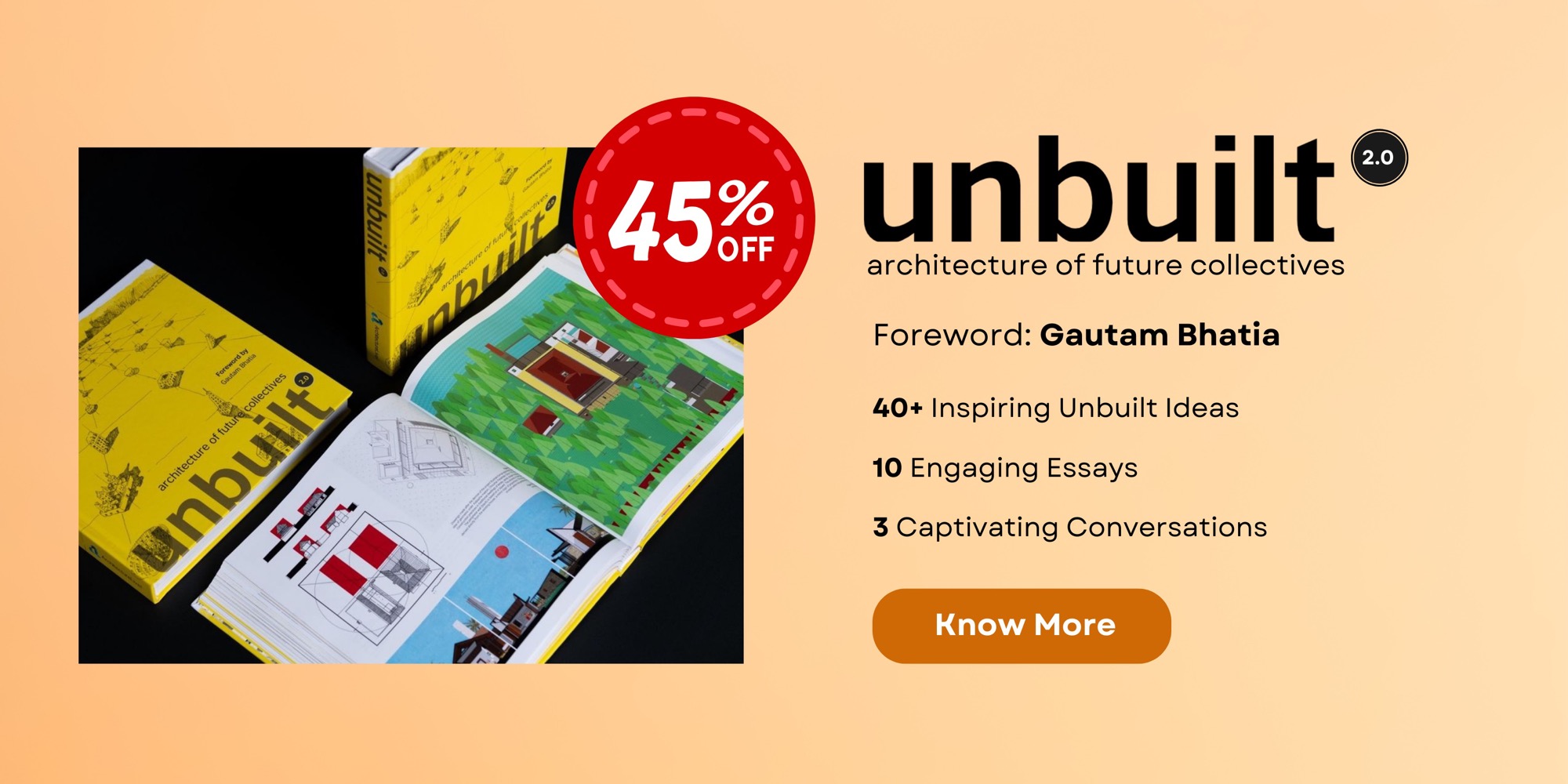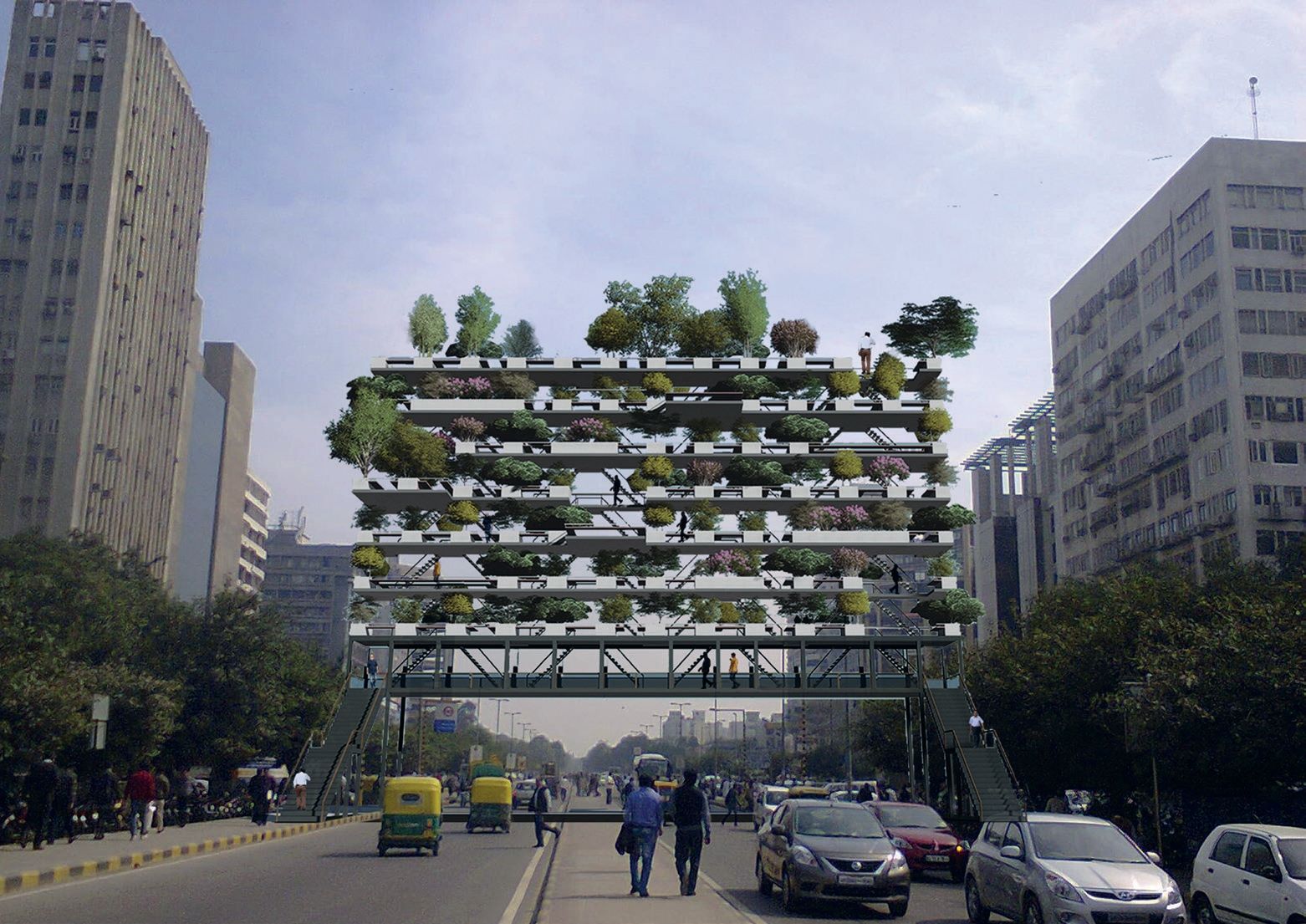

In the Shadow Light of Unbuilt – and Lost – Cinema
Godavar, in his essay about the unfinished and lost films, focusses on how these incomplete works offer glimpses into unrealised creative visions and possibilities. While digital restoration and AI present new opportunities, he presents the beauty and the ability of unfinished cinema to inspire imagination and alternative storytelling.
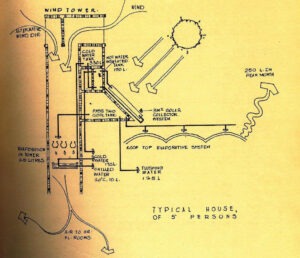
An Un-built Project Is Reborn In The Desert
Sanjay Prakash, Managing Principal of SHiFt, writes about his unbuilt project that shaped SHiFt’s design philosophy, serving as prototype that informed future work. Decades later, IIT Jodhpur embodied these evolved ideas, highlighting unbuilt designs’ enduring role in architectural innovation.
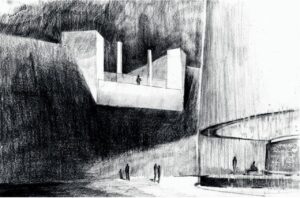
Meditations on the Unbuilt as Refuge
Architects Anupama Kundoo and Shimul Javeri Kadri, in conversation with Khushru Irani, converse about how visionary architectural projects often remain unbuilt due to resistance and constraints, yet these “unbuilt” works serve as vital repositories of future possibility, requiring architects to practice patience and maintain transformative vision across generations.
Recent Posts

Unbuilt Works by Gautam Bhatia
The collection of select unbuilt works by Gautam Bhatia is an exploration by him to propose elastic ideas of architecture that explore different approaches to public and living spaces.
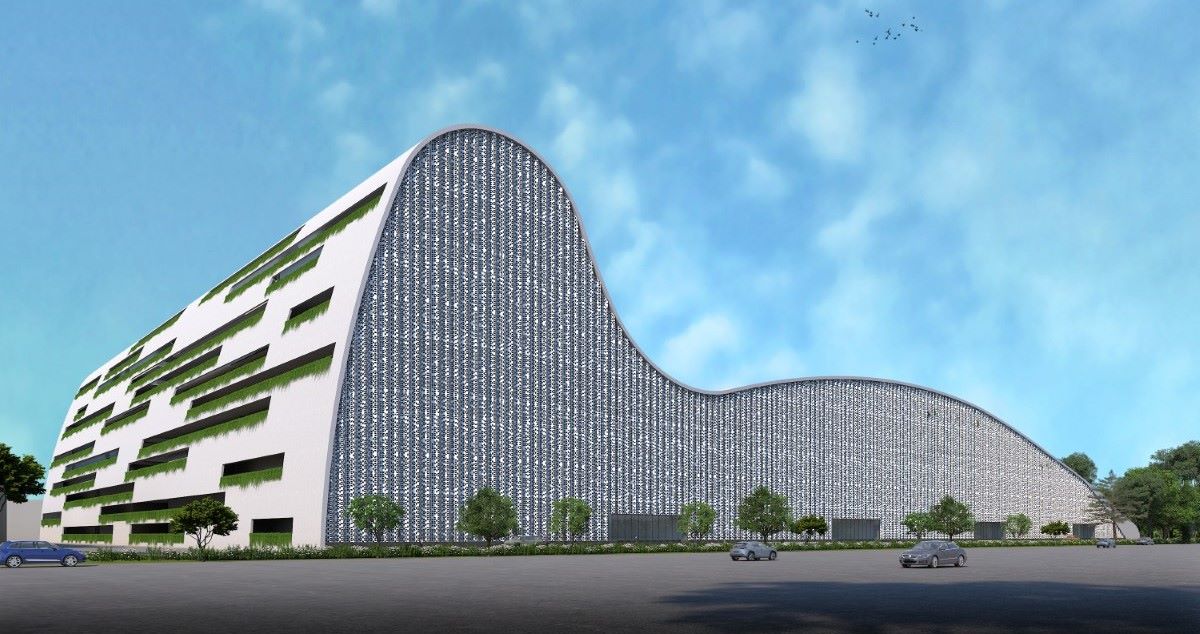
Competition | Bombay High Court, by Sanjay Puri Architects
The competition entry design for Bombay High Court by Sanjay Puri Architects integrates provides a reinterpretation of court architecture as a natural, social, and energy-efficient environment.
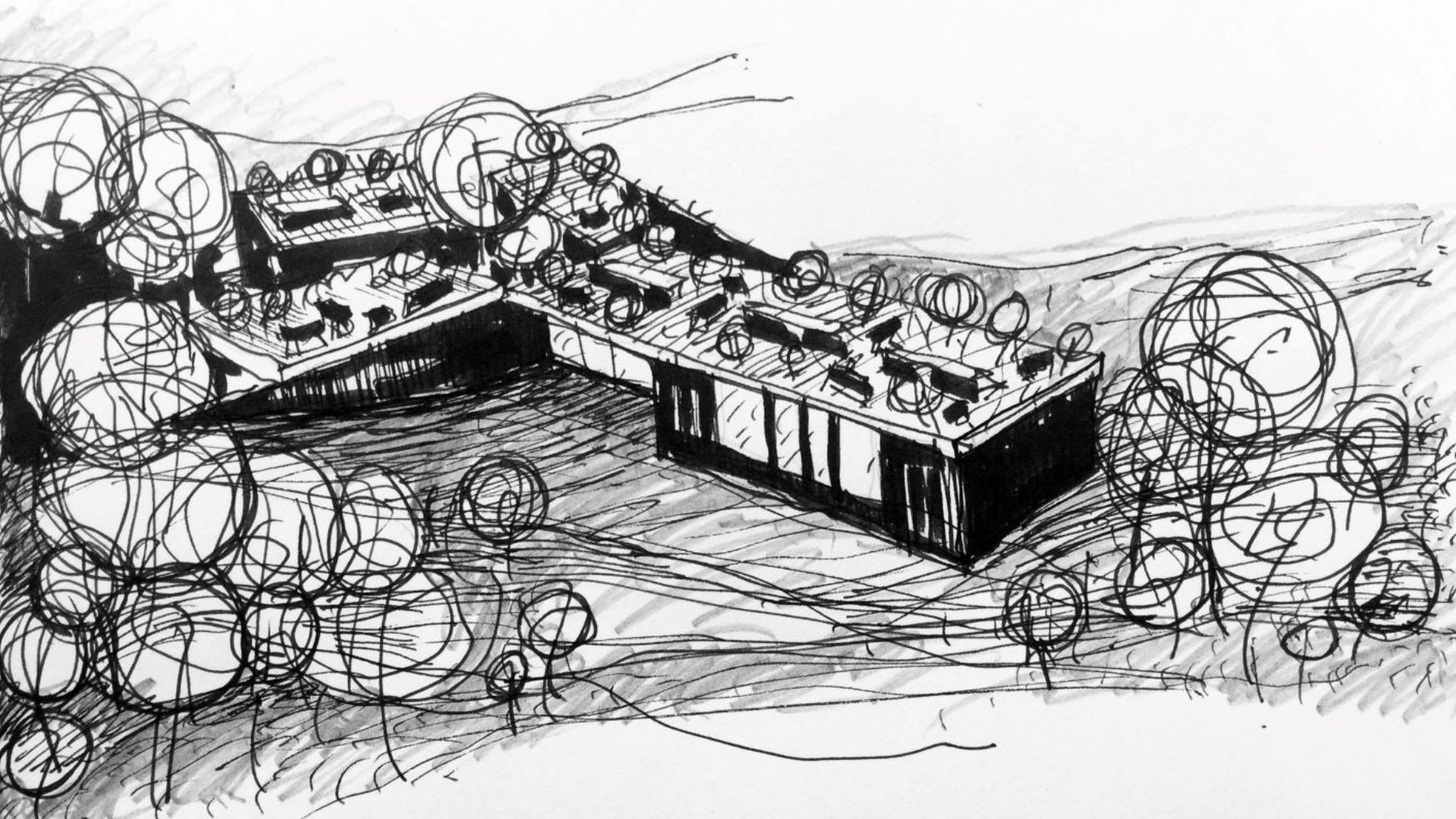
Residence at Kerala, by LIJO.RENY.architects
Pala, Kerala, where the residential house was to be located, has contrasting climates and a high altitude. Because of its altitude and the sprawling rubber
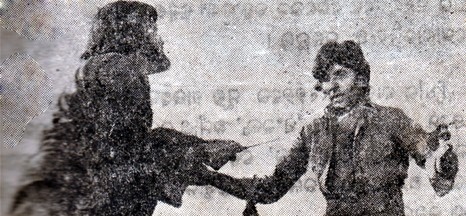
In the Shadow Light of Unbuilt – and Lost – Cinema
Godavar, in his essay about the unfinished and lost films, focusses on how these incomplete works offer glimpses into unrealised creative visions and possibilities. While digital restoration and AI present new opportunities, he presents the beauty and the ability of unfinished cinema to inspire imagination and alternative storytelling.
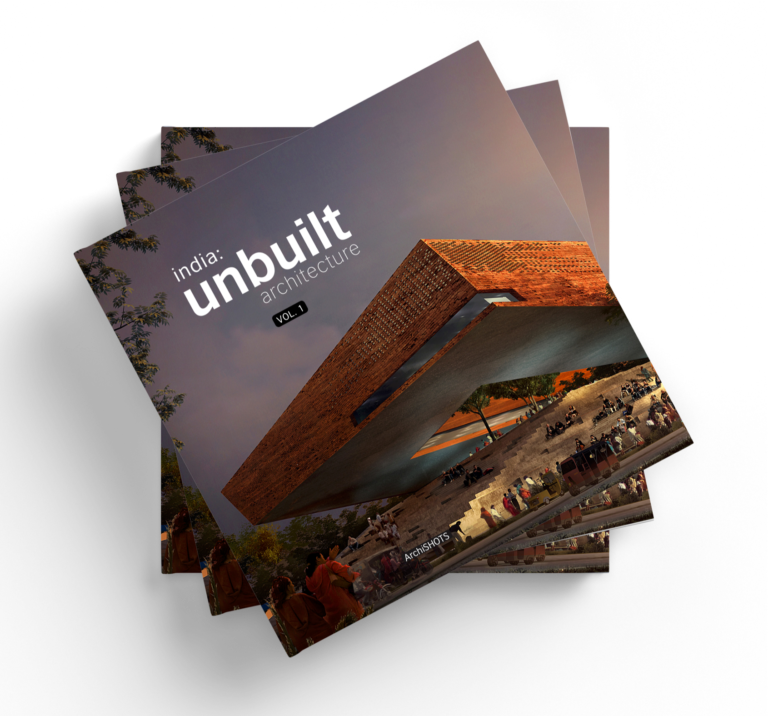
Unbuilt Vol 1.0
The book features 54 inspiring yet unbuilt architecture ideas by Indian architects, and nine intriguing essays on the theme contributed by professionals and academicians. The first ever book to celebrate the value of unbuilt Indian architecture.
more from unbuilt
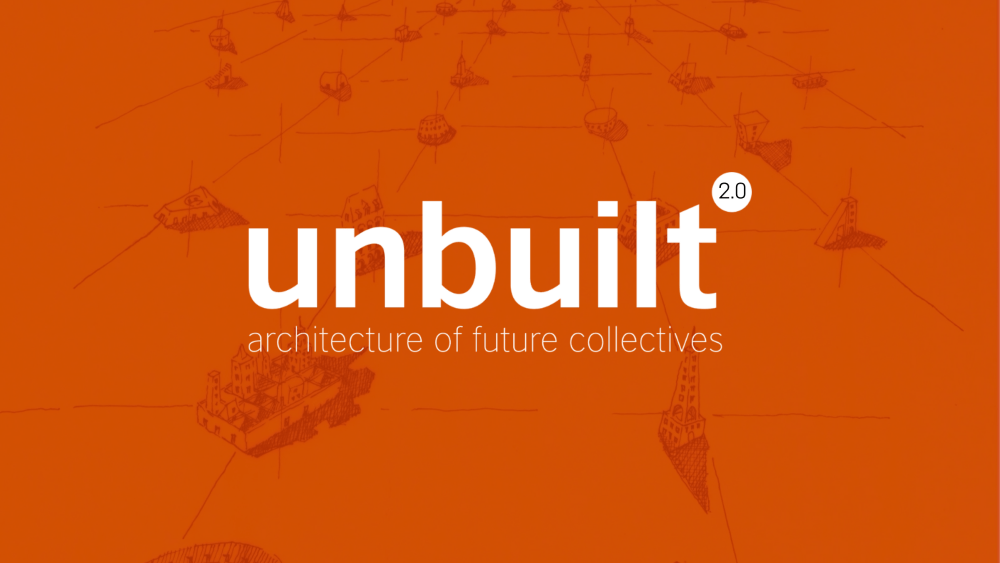
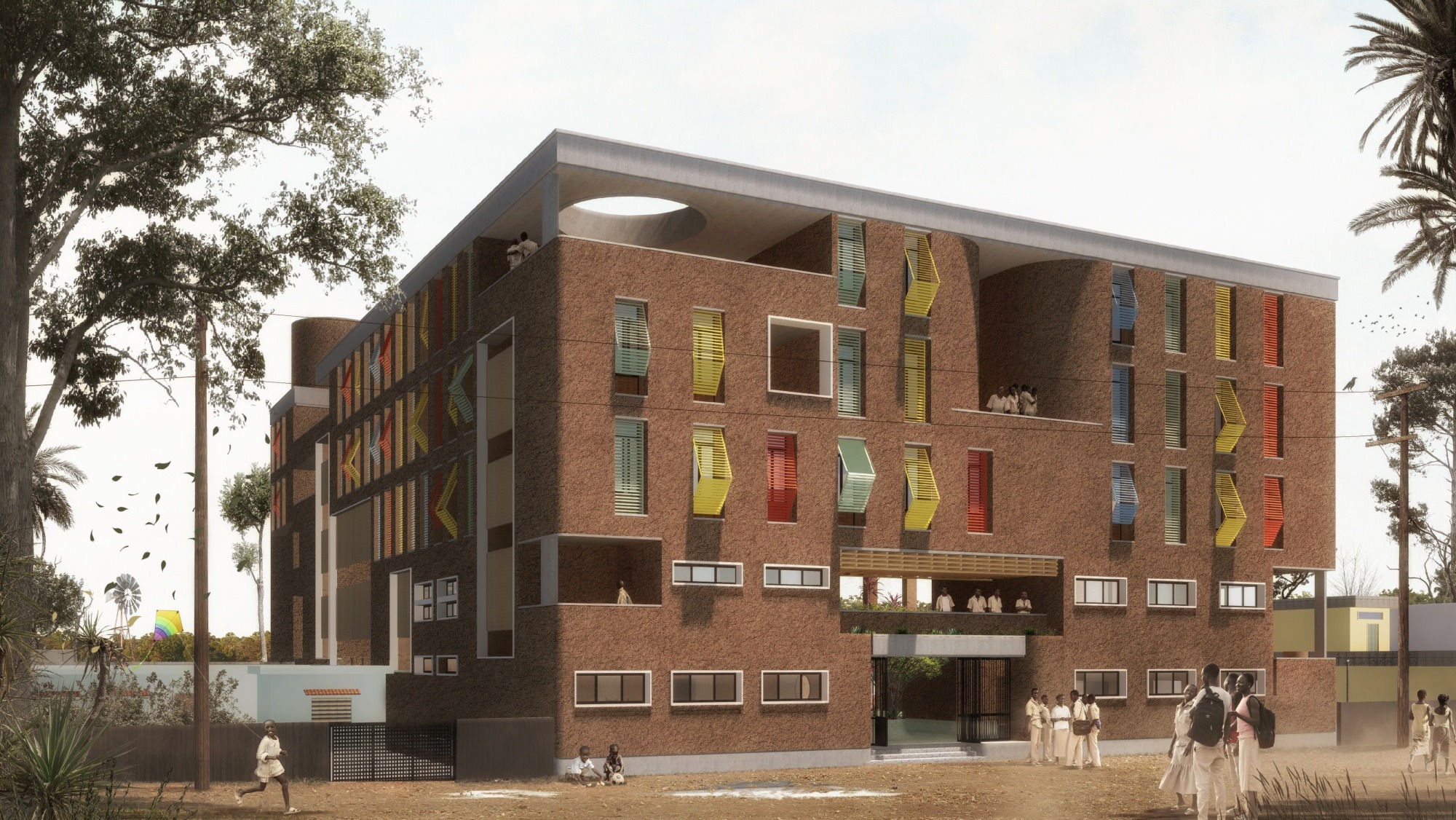
African Urban School, Africa, by the glassbox collective
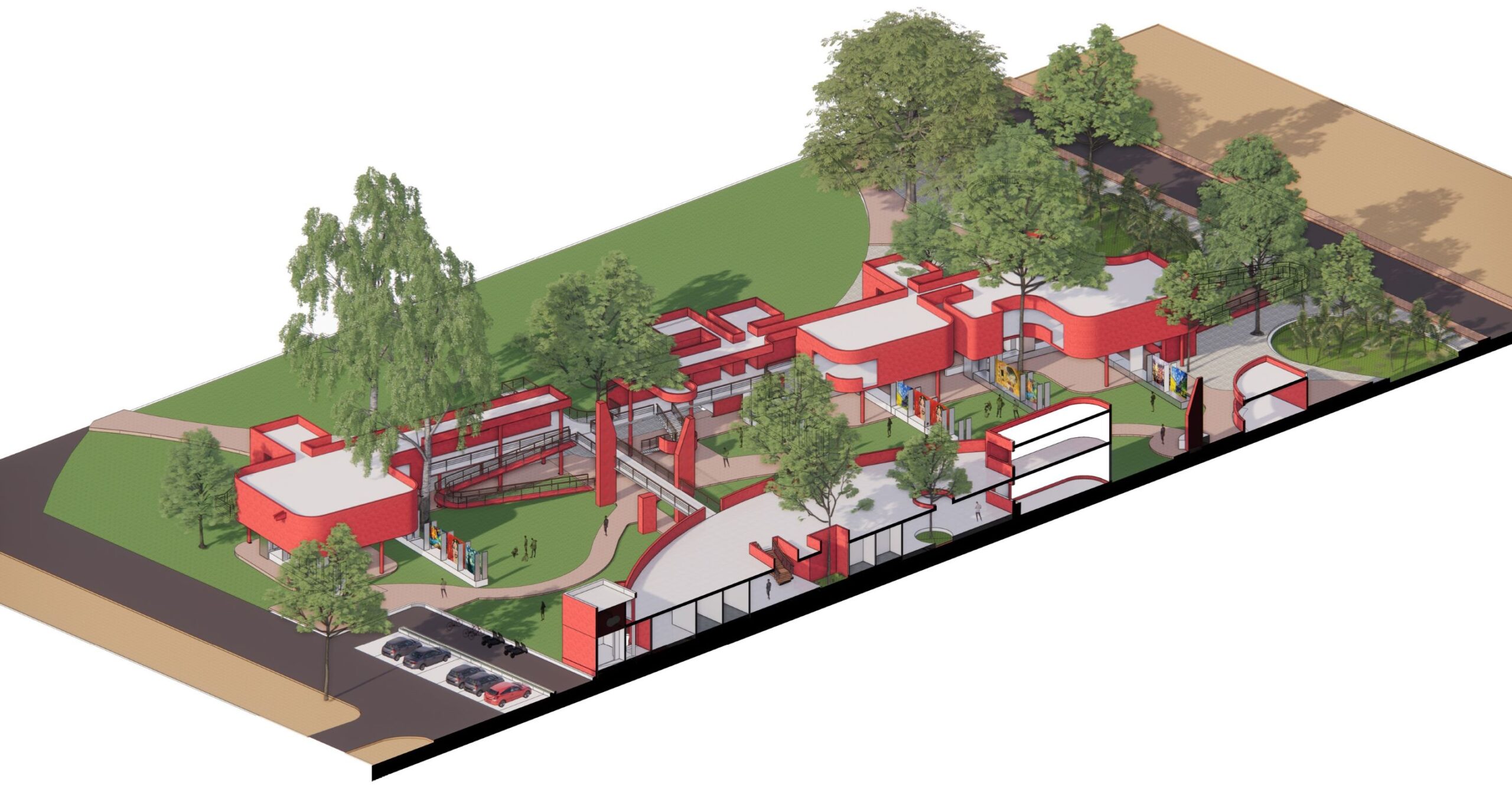
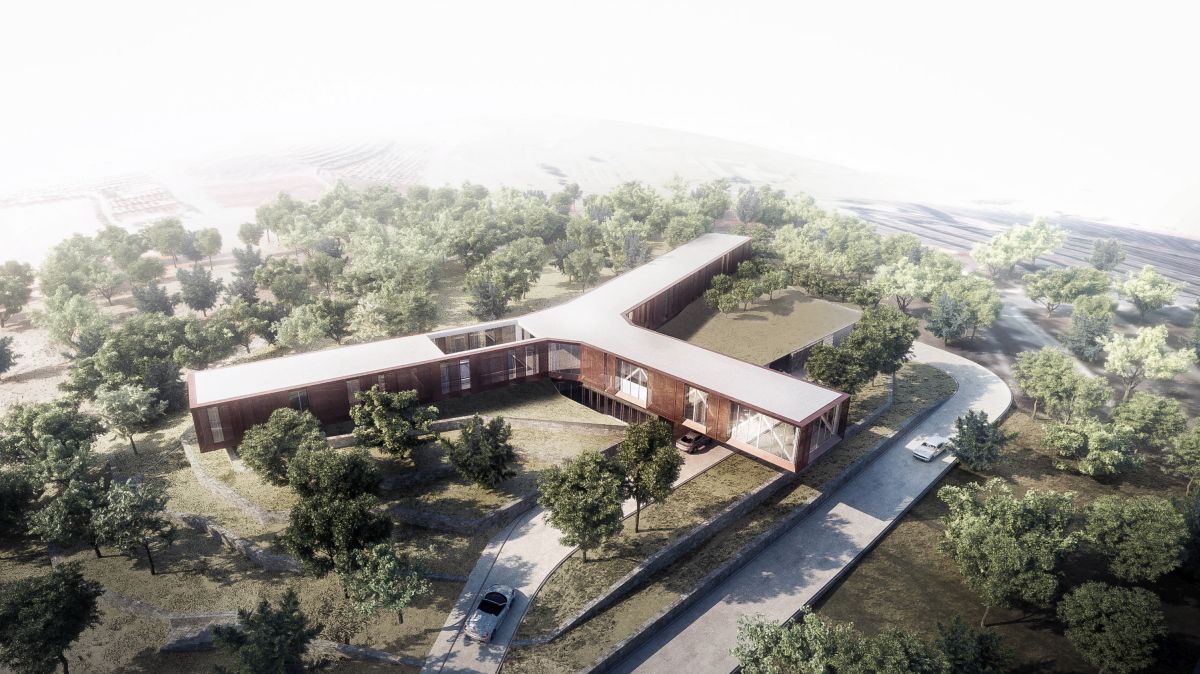
Y House, South Lebanon, by BAD: Built by Associative Data
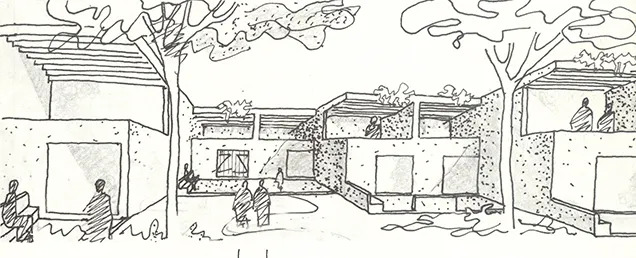



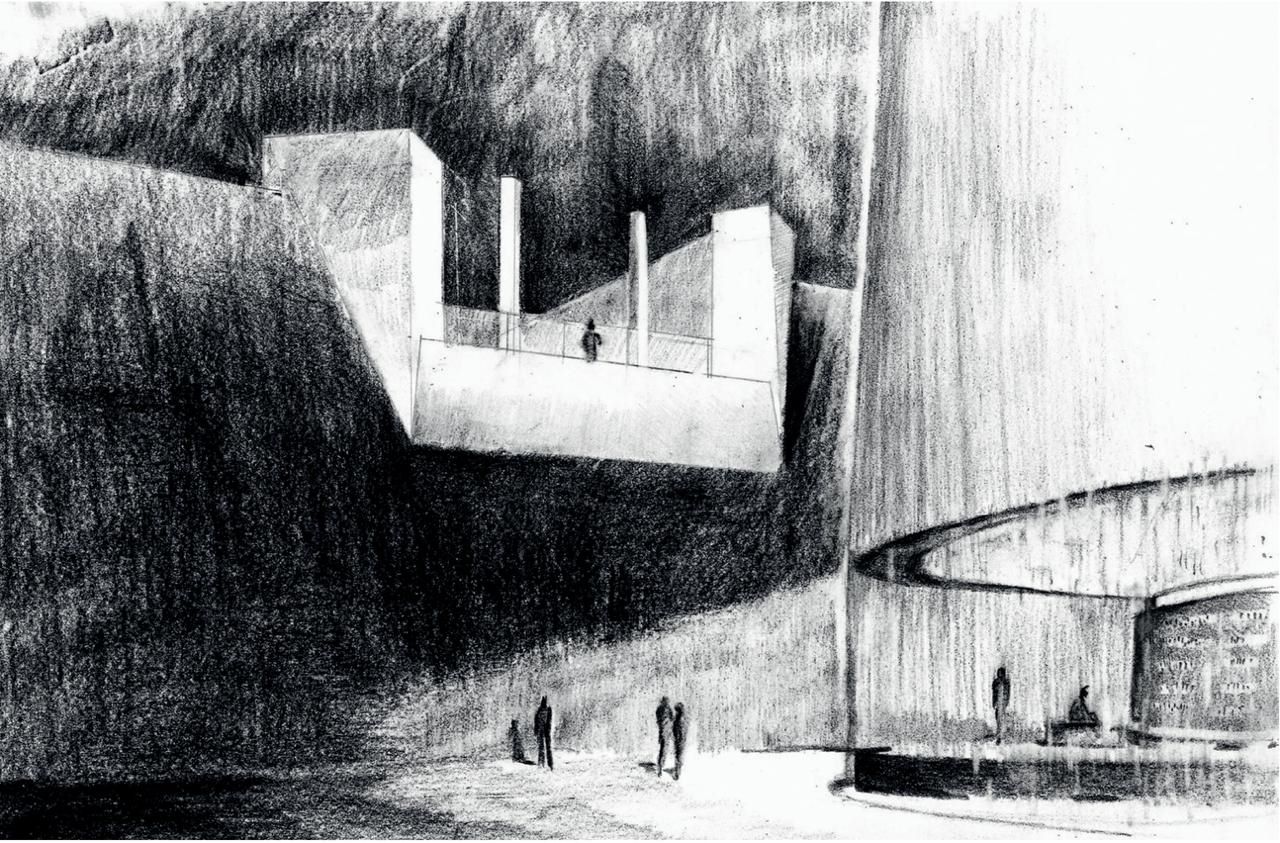
![Dune (unreleased film) H. R. Giger - [the strange power of unseen films]. Source Wikifandom](https://unbuiltideas.com/wp-content/uploads/2025/09/Dune-unreleased-film-H.-R.-Giger-the-strange-power-of-unseen-films.jpg)

